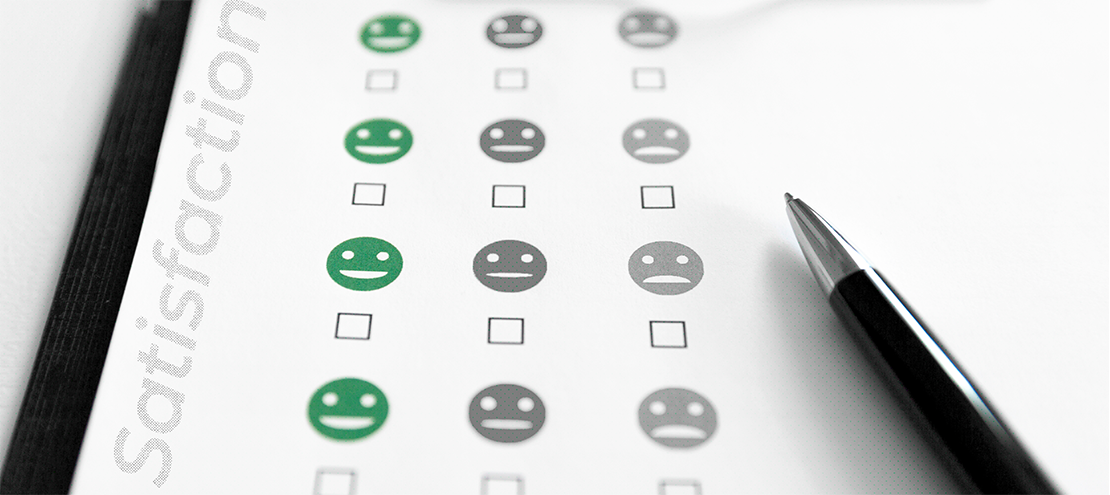Customer satisfaction is often treated as a catch-all term, when in reality, it encompasses a broad range of satisfaction metric types and levels. Where one customer is happy about product quality, others appreciate the customer service, while still others may enjoy the ease of finding a particular product. Understanding these individual experiences is the most effective way of evaluating your complete current and potential customer satisfaction position. Finding ways to quantify those emotions creates a foundation for improving upon them. Here are some basic methods for measuring your customers’ satisfaction with your service.
Become the best CRMer you can:
CRM Hack: Monitoring the User’s Heartbeat
What Does It Mean to Treat a Customer’s Email With Respect?
To Lock or Not to Lock Customers (into CRM Journeys)
What the Efforts to Promote Responsible Gaming Look Like Form the Inside
1. Customer satisfaction surveys
The easiest way to discover what your customers are thinking is simply to ask them. Surveys are a useful tool for measuring your customer experience throughout their journey with your business. In-app surveys typically have a high response rate not only because your customer is in the perfect frame of mind to answer your questions, but also because they’re usually just one or two items long. They’re an excellent resource for a quick snapshot of the real time user experience.
Email surveys allow for a more in-depth exploration of the entire customer experience. They have a significantly lower response rate than in-app surveys, but they provide a great deal more flexibility in the range of questions you can ask. Use email surveys to identify specific pain points your customer may have had during their relationship with your business, receive feedback about what you’re doing well, or inquire about many other customer experience factors you’re currently focusing on.

2. Net Promoter Score (NPS)
The Net Promoter Score (NPS) measures how likely your customer is to refer you to a colleague or friend. It’s perhaps the most widely-used method of measuring customer loyalty. Customers are asked how likely they are to recommend you on a scale from 1 to 10. A score of 9 or 10 represents a “promoter,” while scores of 0-6 are “detractors.” To determine your NPS, take the percentage of promoters and subtract from it the percentage of detractors. Simple.
Using NPS as a measure of customer satisfaction has two distinct benefits. The first is that it’s a clearly defined number, making it much easier to calculate improvement over time as you make adjustments to your business. The second is that the view it provides is holistic, encompassing your customer’s experience as a whole rather than addressing any one specific area of it. Just don’t buy into the myth that a high NPS means there’s no room for improvement.
3. Customer Satisfaction Score (CSAT)
The Customer Satisfaction Score (CSAT) is a numeric representation of your customer’s happiness, usually obtained immediately after a specific interaction such as a customer support call. Using whatever logarithmic scale you prefer, ask your customers how satisfied they are with the service they received, allowing for negative, neutral, and positive responses.
Whereas NPS is an evaluation of your customer’s overall experience, CSAT is a transactional metric. Ideally, you want to obtain a CSAT score within 15 minutes of an interaction. CSAT scores are useful for pinpointing specific areas for improvement, such as how long it takes to resolve client issues or the helpfulness of your live chat.
The customer experience is not singular—it represents an entire spectrum of emotions and expectations. By considering these three metrics in tandem, your team will be better equipped to meet your clients’ needs as precisely as possible.
The post 3 Ways to Measure Customer Satisfaction appeared first on Post Funnel.


